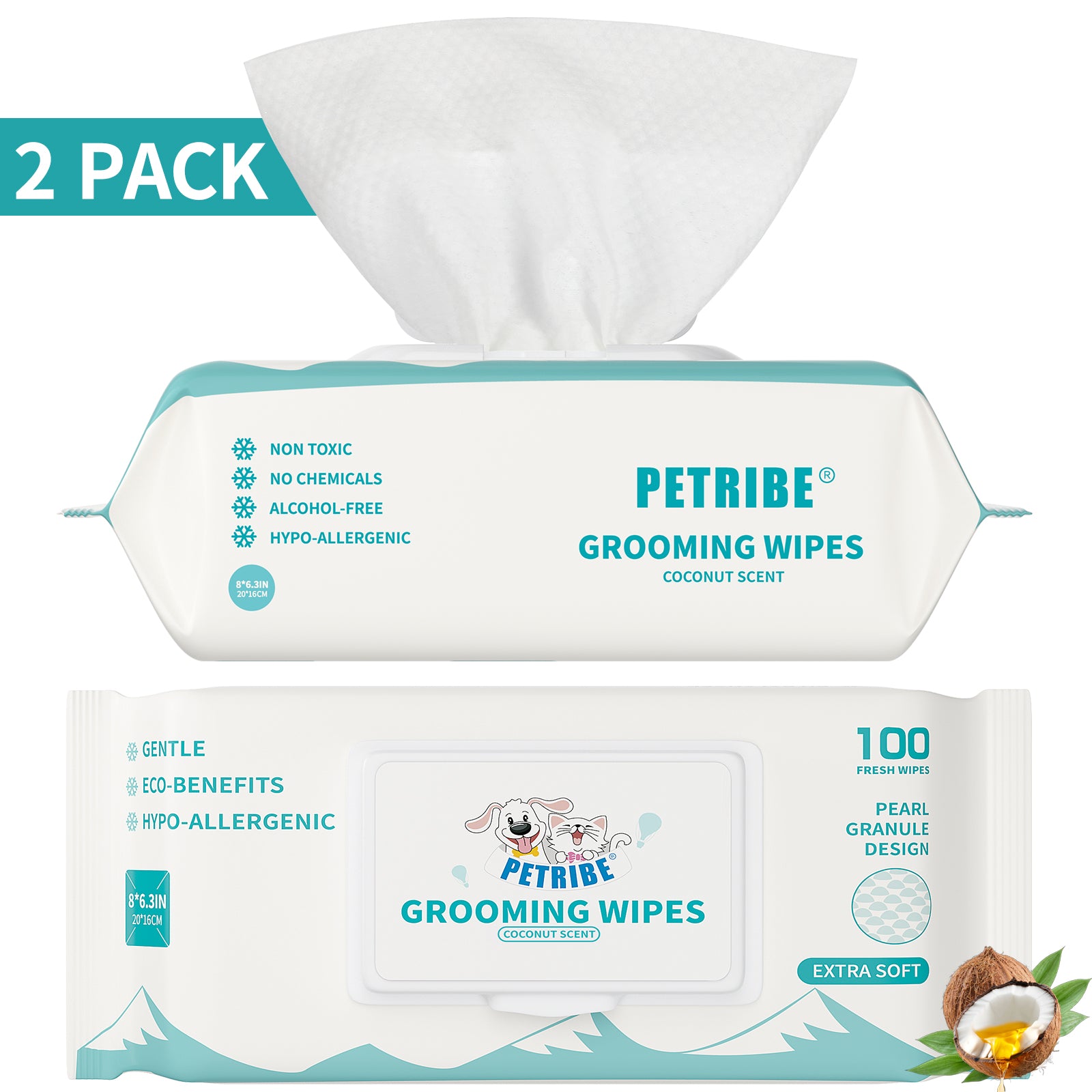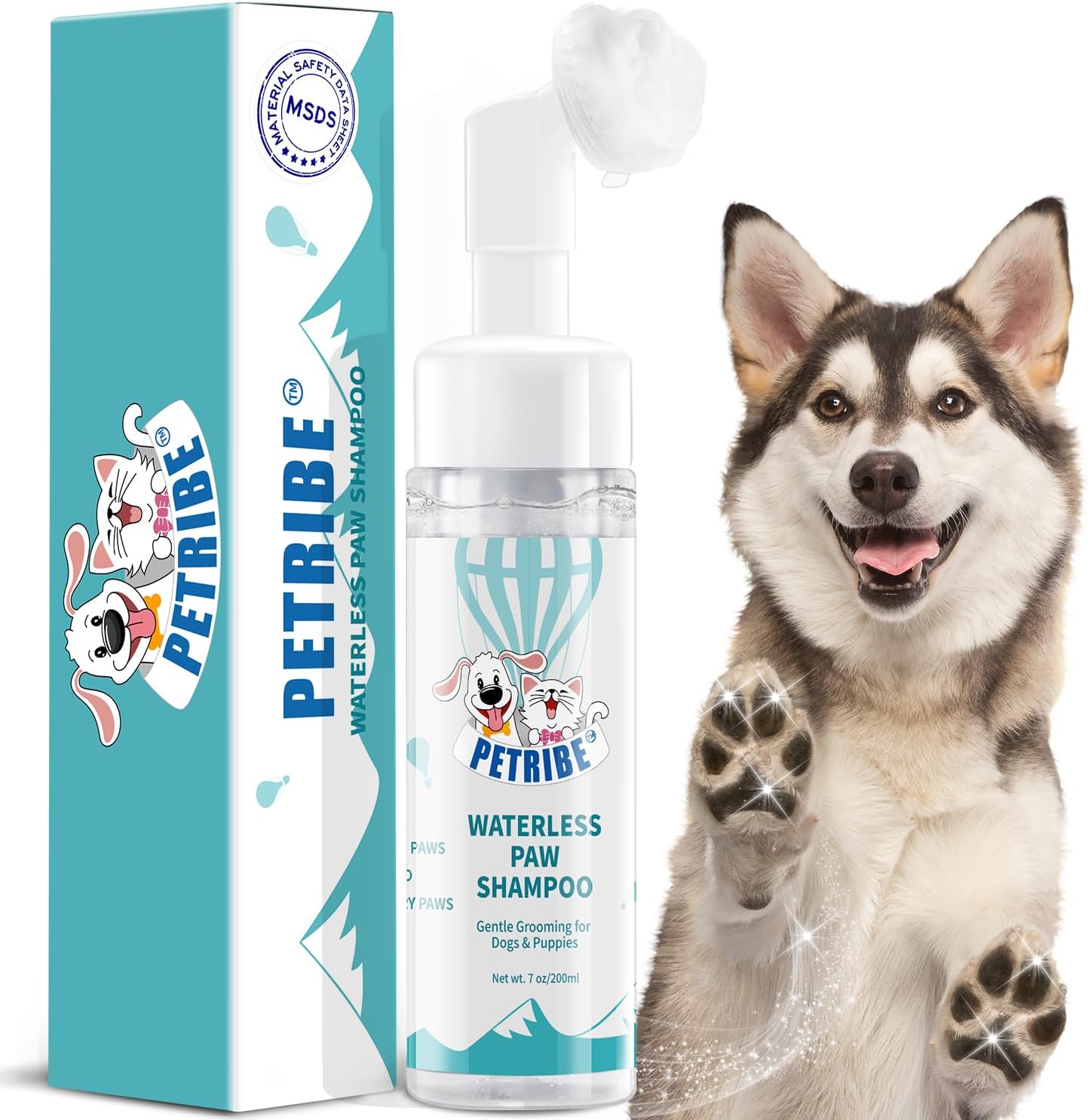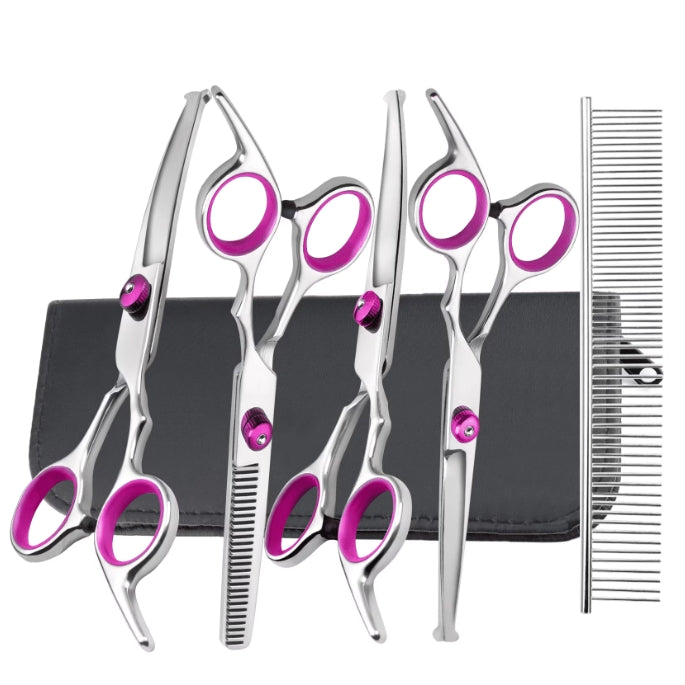Is your dog's dental health on your radar, or have you fallen for common misconceptions that could be putting your pet at risk? Many well-intentioned dog owners unknowingly neglect one of the most critical aspects of their pet's health due to persistent myths. Just like humans, dogs require consistent and proper dental care to prevent painful conditions and systemic health issues. From bad breath to the types of food they eat, what you think you know about your dog's teeth might be wrong. This article will tackle the most common myths about dog dental care, separating fact from fiction to help you ensure your furry friend maintains a healthy, pain-free smile for years to come.

Myth #1: Dogs Naturally Clean Their Teeth by Chewing Bones or Toys
The Myth: Giving your dog a bone, hard chew, or toy is enough to keep their teeth clean and healthy, mimicking the natural cleaning action of wild canines.
The Truth: While chewing on appropriate items can provide some mechanical scraping action that helps reduce plaque, it is far from a complete solution. Chews cannot reach all surfaces of the teeth, particularly the crucial area along the gum line where plaque and tartar build up most destructively. Furthermore, many bones and hard chews pose a significant risk of tooth fractures, broken pieces becoming choking hazards, or causing internal damage if swallowed. Think of chewing as a supplemental aid, not a primary dental care strategy.
Myth #2: Bad Breath Is Normal for Dogs
The Myth: It's perfectly normal for dogs to have "dog breath." A stinky mouth is just part of being a dog.
The Truth: Persistent bad breath (halitosis) is not normal; it is one of the earliest and most common signs of bacterial buildup in the mouth. That unpleasant odor is often the smell of waste products from bacteria and decaying food particles associated with plaque, tartar, and periodontal disease. Accepting bad breath as normal means ignoring a clear warning sign of underlying oral health issues that need attention.
Myth #3: Dry Dog Food Prevents Dental Disease
The Myth: Feeding dry kibble cleans a dog's teeth as they chew, preventing the need for other dental care.
The Truth: Most dry kibble provides minimal abrasive action on teeth. Dogs often crush the pieces with their back molars rather than chewing in a way that scrapes the tooth surface. Many kibbles are actually high in carbohydrates, which can break down into sugars that contribute to plaque formation. While some specially formulated dental diets are designed with a specific texture to reduce tartar, ordinary dry food is not an effective tool for preventing dental disease.
Myth #4: Only Older Dogs Need Dental Care
The Myth: Dental problems are an "old dog" issue and something I don't need to worry about until my pet is senior.
The Truth: Dental disease is a progressive issue that starts early. Plaque can begin to harden into tartar in a matter of days, and by the age of three, most dogs already have some signs of periodontal disease. Starting a dental care routine when your dog is a puppy is the best way to prevent severe, painful, and costly problems in their later years. Prevention is always easier and less expensive than treatment.
Myth #5: Anesthesia-Free Cleanings Are Just as Effective
The Myth: "Anesthesia-free" or "non-anesthetic" dental cleanings are a safer, cheaper, and equally effective alternative to professional veterinary cleanings.
The Truth: While these services may seem appealing, they are largely cosmetic. A thorough dental cleaning requires:
-
Subgingival Cleaning: Scaling below the gum line where disease starts. This is impossible on a conscious, moving animal.
-
Dental X-Rays: Over 60% of a tooth is below the gum line. X-rays are essential for diagnosing hidden problems like abscesses and bone loss, and they require the patient to be completely still.
-
Thorough Inspection: A vet can only properly probe and examine every tooth in an anesthetized patient.
Non-anesthetic cleanings only polish the visible crown of the tooth, leaving the disease-causing bacteria untouched and creating a false sense of security.
How to Establish a Good Dog Dental Care Routine
A multi-faceted approach is key to winning the battle against plaque.
-
Professional Veterinary Cleanings: Follow your vet's recommended schedule for cleanings under anesthesia. This is the foundation of good dental health.
-
Daily Tooth Brushing: This is the gold standard for at-home care. Use a dog-specific toothpaste and a soft-bristled toothbrush or finger brush.
-
Dental Chews & Toys: Offer approved products that have the Veterinary Oral Health Council (VOHC) seal, which verifies their efficacy in reducing plaque or tartar.
-
Water Additives & Dental Diets: These can be helpful supplements but should not replace brushing or vet care.
-
Regular Check-ups: Your veterinarian can spot early signs of trouble during annual exams.
For quick clean-ups or after meals, a gentle wipe with Petribe's Unscented Pet Wipes can help remove food debris from around the mouth and gums, supporting your overall dental hygiene routine.
Conclusion
Your dog's dental health is inextricably linked to their overall well-being. By debunking these common myths, you can move past outdated information and take proactive, effective steps to care for your pet's mouth. Remember, bad breath isn't normal, chewing isn't enough, and prevention starting from a young age is the key to a lifetime of healthy smiles. Partner with your veterinarian to create a dental care plan that includes professional cleanings and a consistent at-home routine. Your dog will thank you with better health, more energy, and fresher kisses.




























